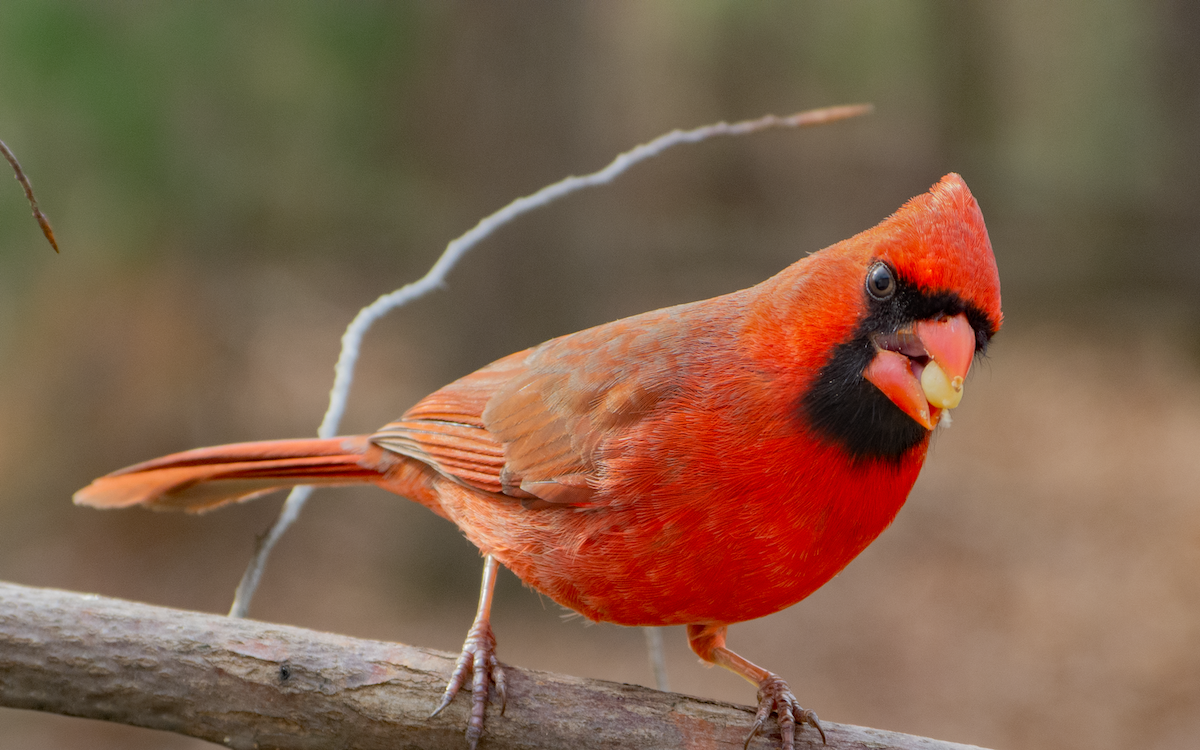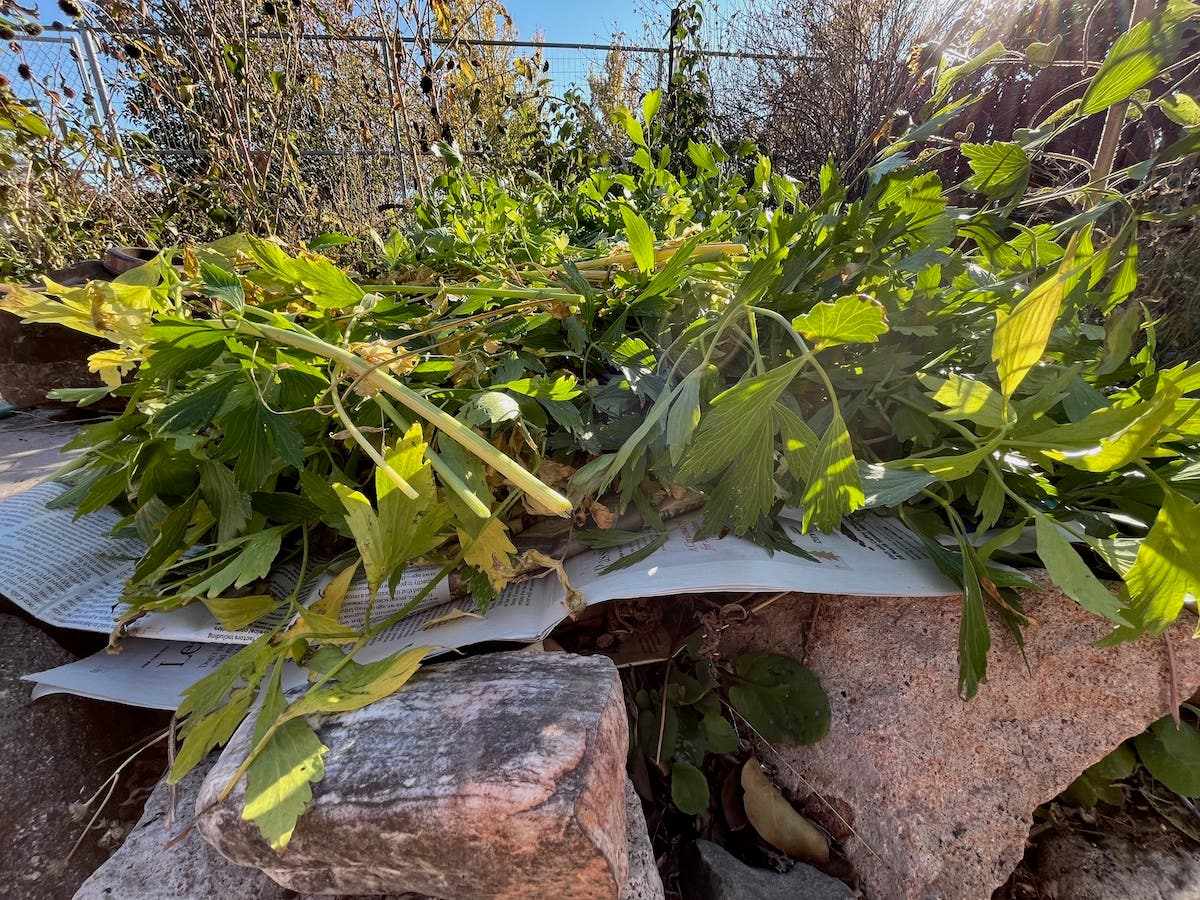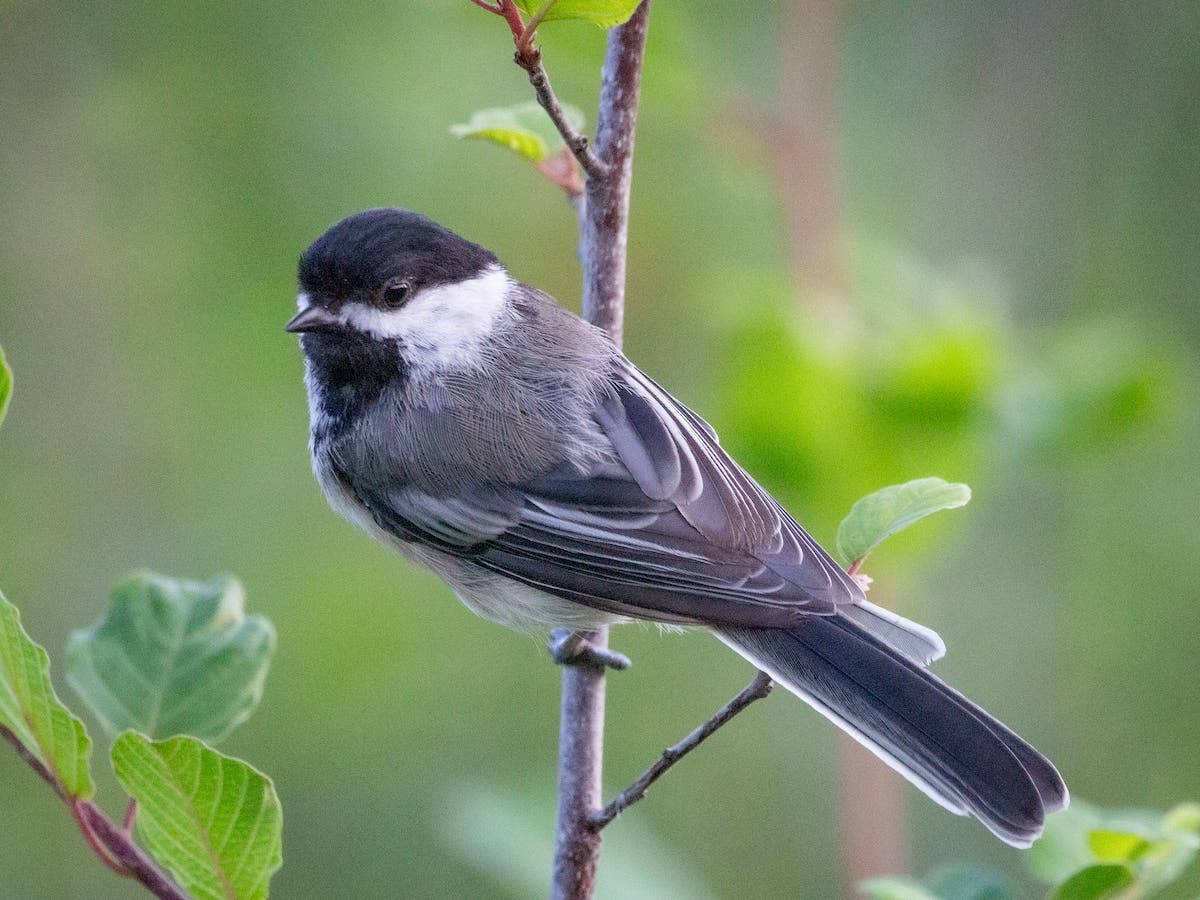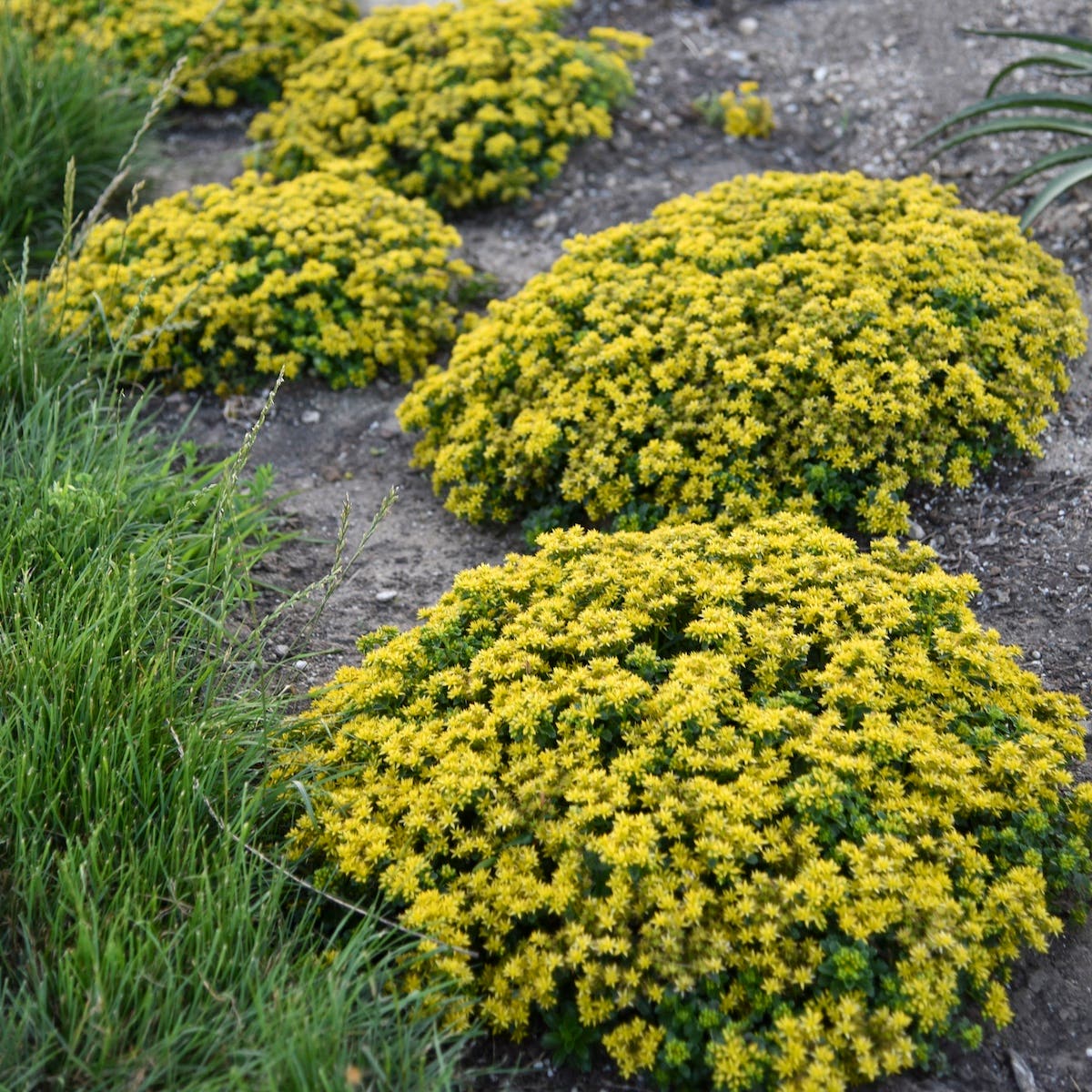The following plants make attractive, easy-care hedges. Here’s how and when to clip them to maintain their health and shape.
Privet (Ligustrum)
Do major pruning when shrub is dormant in late winter or early spring, removing wayward shoots and branches that cross others. Clip twice in summer to maintain size and shape. Privet grows quickly and may need additional summer clippings.
European cranberry (Viburnum opulus); American cranberry (V. trilobum); double-file viburnum (V. plicatum tomentosum)
Prune these deciduous viburnums once a year, just after they flower. Trim shoots to maintain hedge’s shape and symmetry. Remove damages branches in mid-spring, Deadhead flowers only if you don’t want the shrubs to set fruit. (Note: evergreen viburnums should be pruned as privet, above).
Lilac (Syringa)
Do major pruning when shrub is dormant in late winter or early spring, removing wayward shoots and branches that cross others.
Cornelian cherry dogwood (Cornus mas)
Easy to maintain, and looks best with minimal pruning. Do major pruning when shrub is dormant in late winter or early spring, removing wayward shoots and branches that cross others.
European beech (Fagus sylvatica)
Do major pruning when shrub is dormant in late winter or early spring, removing wayward shoots and branches that cross others.
Summersweet or sweet pepperbush (Clethra alnifolia)
Do major pruning when shrub is dormant in late winter or early spring, removing wayward shoots and branches that cross others. Remove some of the oldest wood from the base; leave the strongest shoots alone to replace old branches.
Hornbeam (Carpinus betulus)
Do major pruning when shrub is dormant in late winter or early spring, removing wayward shoots and branches that cross others. Trim again in late summer. Withstands heavy pruning.







